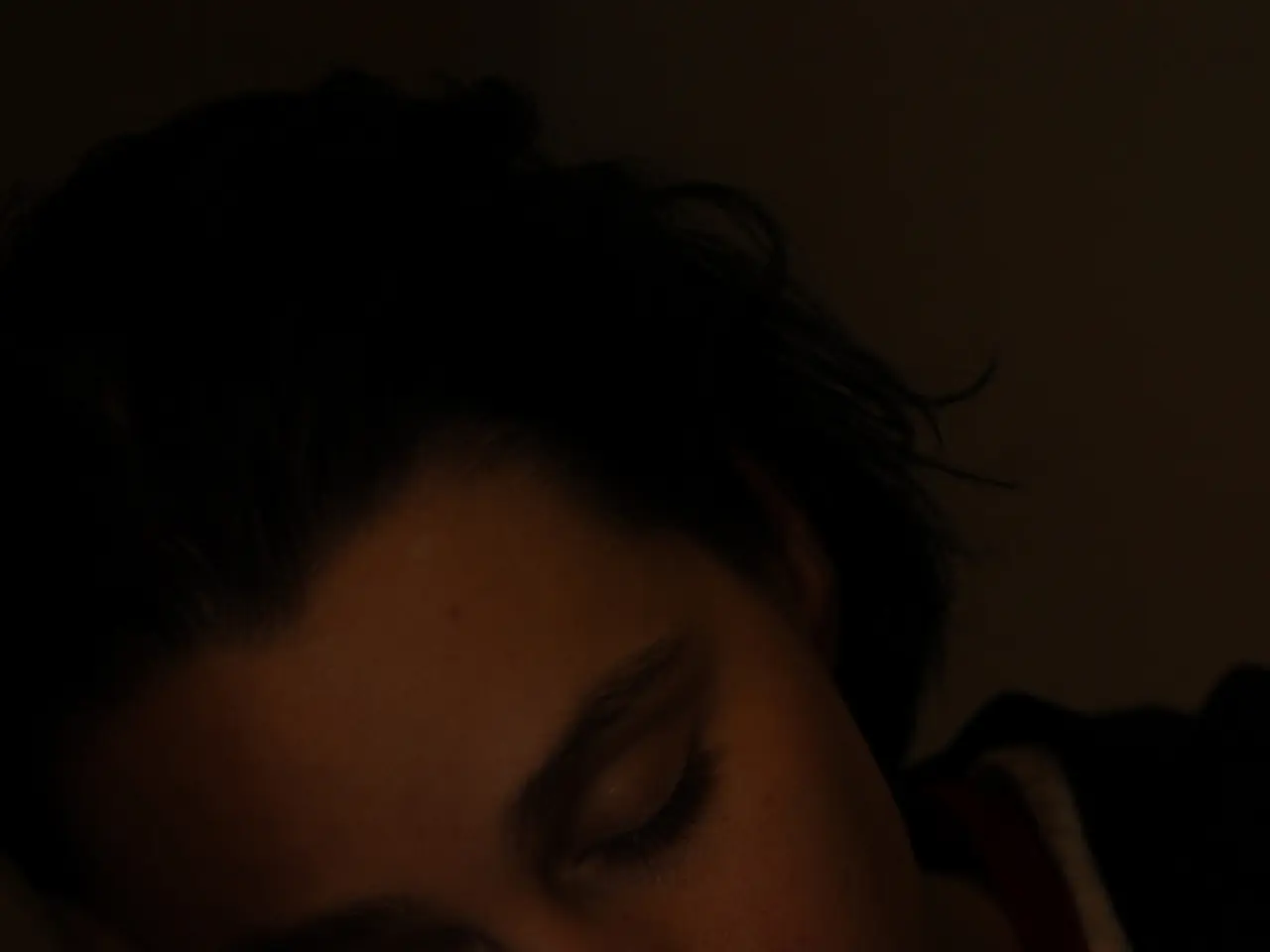Sleep disruptions with flailing and kicking could potentially indicate symptoms of Parkinson's disease.
A new study sheds light on the connection between Rapid Eye Movement Sleep Behavior Disorder (RBD) and Parkinson's disease (PD). The research, conducted at Aarhus University, monitored the brains of 20 RBD patients and 25 healthy control subjects.
RBD is a sleep disorder characterised by the loss of the normal muscle paralysis that occurs during REM sleep, causing individuals to physically act out dreams, sometimes violently. This abnormal REM muscle activity (RSWA) is a prodromal marker, meaning RBD can serve as an early sign or biomarker indicating a higher likelihood of future development of PD and related neurodegenerative diseases.
Several studies have shown that RBD frequently precedes Parkinson’s disease by years, often serving as an early symptom before motor symptoms arise. Patients with RBD have a significantly increased risk of developing PD later in life. In PD patients, RBD is associated with more severe cognitive decline, indicating it may predict more aggressive disease progression.
The connection between RBD and PD reflects shared pathophysiology, with RBD reflecting early dysfunction in brainstem structures involved in REM sleep regulation that also become affected in Parkinson’s disease. These flow disturbances are also associated with reduced cognitive performance. The flow disturbances in the cerebral cortex, associated with RBD, are linked to language comprehension, visual construction, and recognition, as well as reduced cognitive performance.
Other signs of Parkinson's disease include tremor, such as a slight shaking or tremor at rest in the fingers, thumb, hand, or chin. Stiffness in the shoulder or hips that doesn't go away as you move is another sign. Handwriting changes, such as letters becoming smaller and words more cramped, can be a warning sign. Dizziness or fainting can be a result of Parkinson's, specifically orthostatic hypotension. Parkinson's also affects the autonomic system, including the sweat glands, causing excessive sweating. Constipation can be an early sign of Parkinson's, as can a soft or hoarse voice. Restless sleep could be a very early sign of Parkinson's, as complications in the small blood vessels of the brain have been observed in patients with RBD, even when other symptoms and signs of disease are absent.
In the long term, reduced production of nitric oxide, a vital signaling molecule that keeps blood vessels healthy, can break down brain tissue and lead to symptoms of Parkinson's disease.
In summary, RBD is both a common sleep disorder in Parkinson’s disease patients and an important early risk factor that often manifests years before PD diagnosis, making it a valuable clinical indicator for identifying individuals at elevated risk.
- The study conducted at Aarhus University shed light on the connection between certain medical-conditions, such as Rapid Eye Movement Sleep Behavior Disorder (RBD), and chronic diseases like Parkinson's disease (PD), underlining the importance of monitoring sleep disorders for health-and-wellness.
- RBD, which causes individuals to physically act out dreams during sleep, is not just a sleep disorder but can also serve as an early biomarker or sign for PD and related neurodegenerative diseases, signifying potential implications for mental-health and long-term health issues.
- The association between RBD and PD is thought to be rooted in shared pathophysiology, with flow disturbances in the brain stem structures related to REM sleep regulation being linked to both conditions, and these disturbances potentially predicting more aggressive progression of chronic diseases such as PD and reduced cognitive performance.




